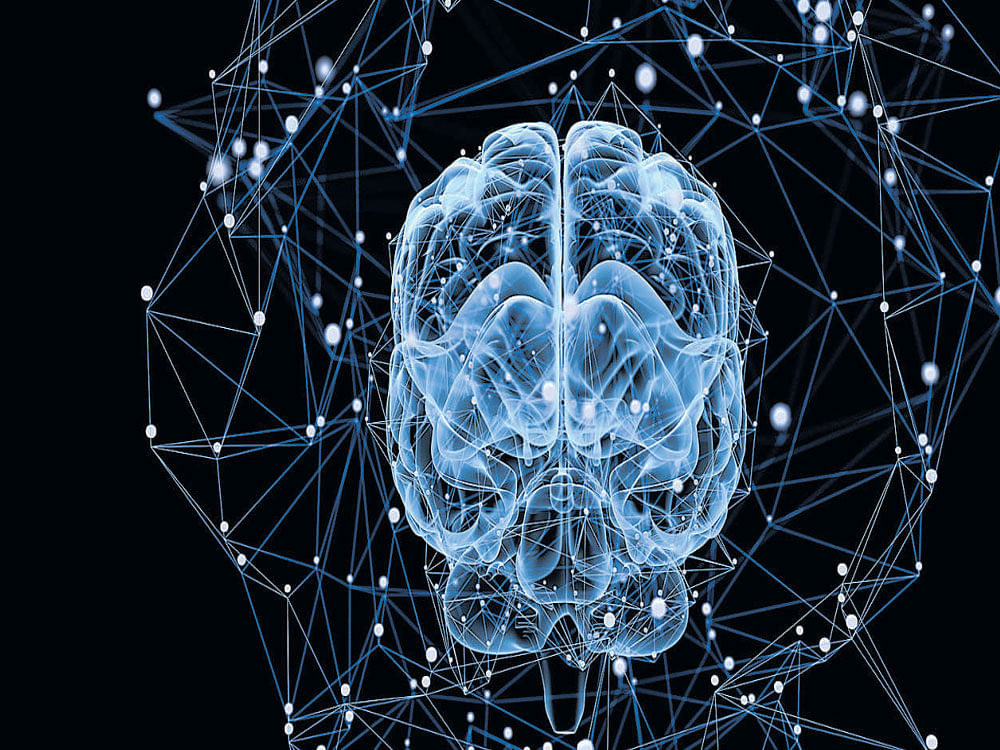
One in eight children aged 2-9 years living in India may have at least one neuro-developmental disorders, such as hearing-impairment, autism, cerebral palsy, ADHD and learning disability, according to the prevalence estimates released on Tuesday.
A large number of these disorders, with little or no treatment, were caused by poor birth practices and infections in early childhood, said researchers who chronicled the estimates.
India's first community-based survey on neuro-developmental disorders illustrate gross under-estimation by the census, while estimating the number of such kids.
According to the 2011 census, the prevalence of the disabilities is only up to 1.1% among the 0-4 years old children and up to 1.5% in those of age 5-9 years. The community survey, on the contrary, showed that depending on the location, the numbers can be as high as 19%.
"The prevalence of neuro-developmental disorders among children less than 10 years of age is at least 12%. This is the first community-based study from India and probably from any of the low and middle income countries. The burden is huge and generally reflects the situation in different parts of the country,” lead author N K Arora, executive director of INCLEN Trust International and a former professor at the All India Institute of Medical Sciences here told DH.
More than 50 researchers from as many institutes participated in the survey with 3,964 children at five sites — Palwal (Haryana), Kangra (Himachal Pradesh), Dhenkanal (Odisha), North Goa and Hyderabad. As many as 475 of them were found to have one or more of these disorders.
The common disorders surveyed were hearing impairment, speech and language disorders, autism spectrum disorders, intellectual disability, vision impairment, epilepsy and cerebral palsy and other neuro-motor impairment.
In addition, learning disability and attention deficit hyperactivity disorder were also surveyed in the higher age group.
The prevalence varies ranging from roughly 5% at Dhenkanal to just under 19% at Palwal, with hearing impairment and intellectual disability being the most prevalent. In North Goa, learning disability is 7.6% among 6-9 year kids while maximum ADHD was seen in Kangra.
About one-fifth of the affected children had two or more disorders. The prevalence is more in the older age category.
The risk factors includes home delivery, perinatal asphyxia, low birth weight, neurological infections and stunting. "The data suggests that the burden can be substantially reduced by addressing risk factors which are amenable to public health interventions," the scientists reported in the journal PLOS Medicine.
"These preventable conditions contribute almost 50% of the causal factors," said Arora.
Hearing impairment is particularly a problem in areas where infection of the ear (otitis media) is common and poorly managed. In areas where preventable causes have come down, other factors start showing as important, eg learning disability. Also there are no major rural-urban differences. Lesser recognised conditions like autism are not only an upper-class problem but was diagnosed in rural poor homes as well.
"The study highlighted neuro-developmental disorders in children as an important public health challenge of considerable significance with substantial within-country variations. Most of the significant risk factors were modifiable and could potentially be addressed by investments in public health to improve maternal/newborn care and child nutrition," the researchers summed up.
